
The best neuroscience stories from April 2020
Our picks of the best neuroscience stories from April include a technique to reprogramme skin cells to restore sight in blind mice, new insights into pain signalling and a new way to predict the likelihood of a person having obstructive sleep apnea.
1. The facial expressions of mice
For the first time, researchers at the Max Planck Institute for Neurobiology have found that, like humans, mice have different emotional facial expressions.
The researchers used mechanical image processing methods to reliably read emotions of joy, disgust, discomfort, pain and fear from the faces of mice, along with the relative strength of these emotions.
Being able to identify mouse facial expressions means researchers can now investigate how the brain creates and processes emotions. Using two-photon imaging to measure neuronal activity, the scientists were able to identify individual neurons in the island cortex that became active when the mice were expressing specific emotions.
By understanding the brain processes responsible for emotions, research into disorders such as anxiety or depression can be enhanced.
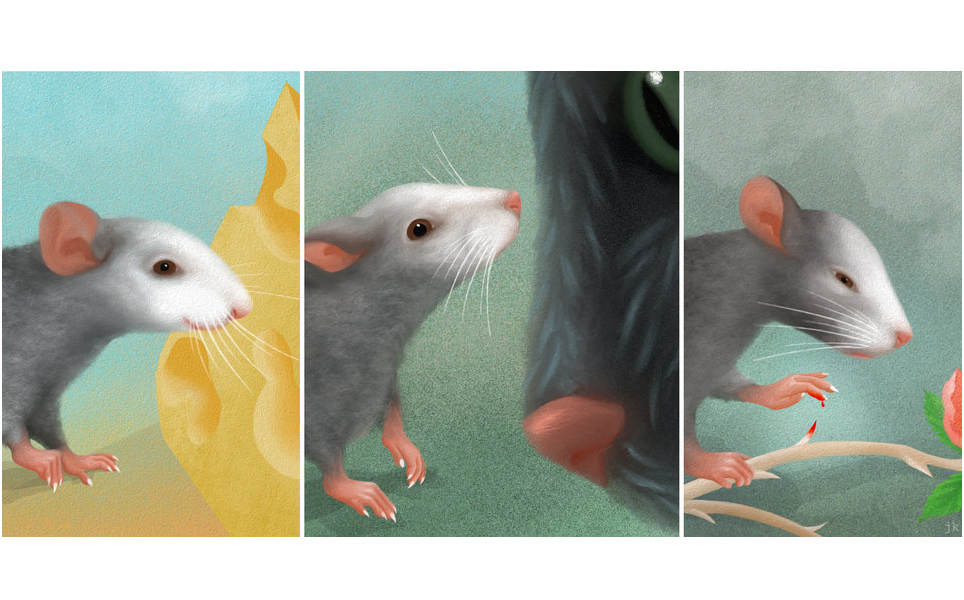
Reading the emotions of mice
2. Cellfinder: Harnessing the power of deep learning to map the brain
Researchers at the Sainsbury Wellcome Centre have developed a programme, called cellfinder, that enables labelled cells to be located in whole-brain 3D images.
Cellfinder utilises deep learning to detect labelled cells in whole-brain images and assign them to a brain region. The programme reduces the time taken to analyse brain samples, enabling analysis of different cells types in large areas of the brain in the time it would have taken to manually analyse one cell type in a small area of the brain. It also improves accuracy compared to manual analysis. As cellfinder can locate thousands of connected cells within a few hours, more data can be analysed than ever before.
Cellfinder can be downloaded from GitHub, and the research team are interested in hearing from those who would like to add an additional functionality, integrate it with other tools or use it for a new purpose.
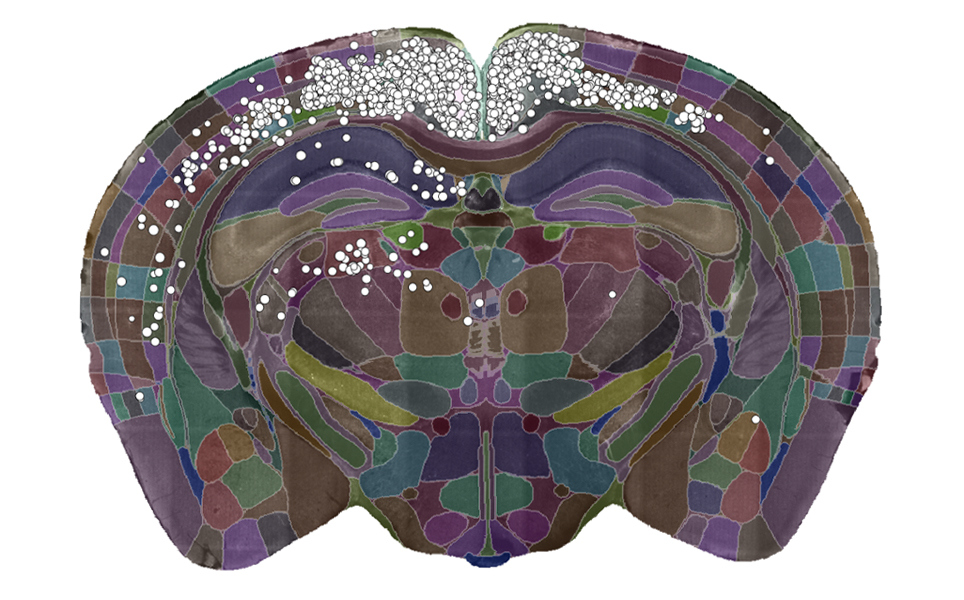
More about cellfinder
3. Researchers restore sight in mice by turning skin cells into light-sensing eye cells
Sight has been restored in blind mice by researchers at the University of North Texas Health Science Center. A technique was developed that enables skin cells to be reprogrammed into rod photoreceptors, which were then transplanted into the animals’ eyes.
The study, which was funded by the National Eye Institute, is the first to show that retinal cells can be produced using direct, chemical reprogramming of skin cells. This provides a faster way to develop therapies for retinal disorders that result from the loss of photoreceptors.
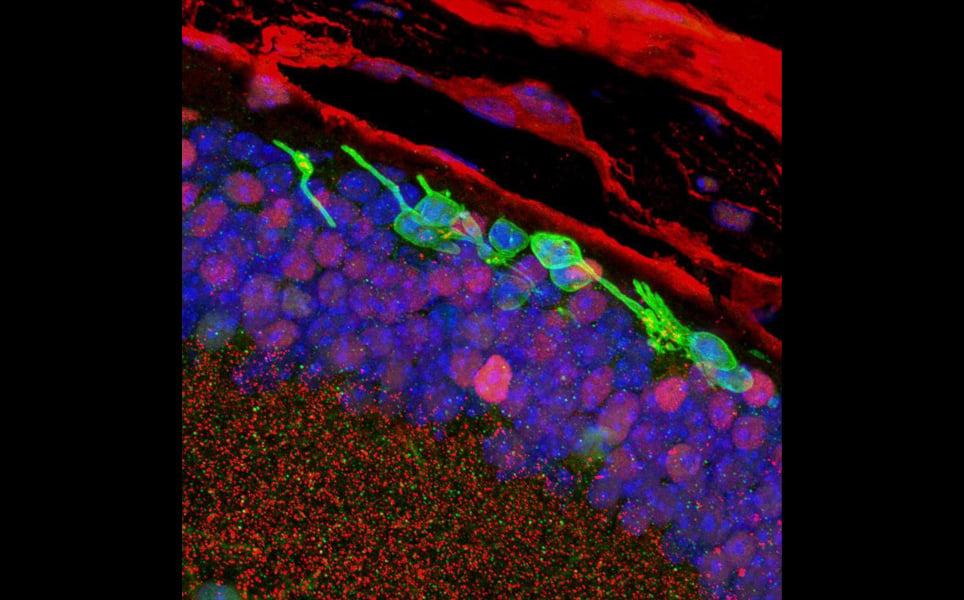
How to reprogramme cells
4. Thinking with the belly
A learning mechanism controlled by the digestive and nervous system, that causes an animal to actively seek out certain foods, has been discovered by researchers at the Champalimaud Center for the Unknown.
The newly-discovered digestive-cerebral axis is part of a type of post-ingestion learning that involves the hepatic branch of the vagus nerve and dopamine neurons in the brain. It causes animals to seek out higher calorie food even if they have never tasted it before.
This discovery demonstrates that subconscious processes have an influence on eating behaviour, and may help with understanding eating disorders such as obesity.
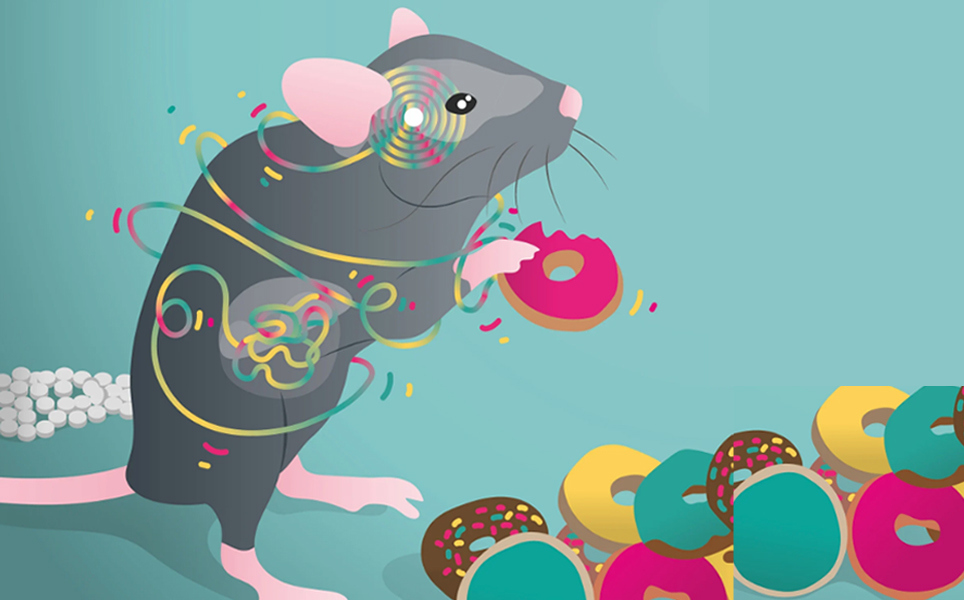
Insight into ingestion
5. Inherited mutation can predispose children to a type of brain tumour
In a collaborative study, researchers have identified the ELP1 gene as a predisposition gene in a subgroup of paediatric medulloblastoma, the most common malignant paediatric brain tumour.
The researchers, from St Jude Children’s Research Hospital, the European Molecular Biology Laboratory and the German Cancer Research Center, are now investigating whether the identification of this predisposition gene could enable medulloblastoma therapies to be tailored in the future.
Learn more
6. Researchers gain new insights into pain signalling in the brain
Researchers at the University of Copenhagen have gained new insights into pain signalling, after mapping how a potent neuropeptide binds to a brain receptor to cause pain.
The researchers mapped exactly where and how the Big Dynorphin neuropeptide binds to the Acid-Sensing Ion Channel (ASIC) receptor. Big Dynorphin is the most potent regulator of the ASIC receptor, and as currently available painkillers affect other receptor types, this discovery could result in a new target for analgesics and more effective painkillers.

Potential for new painkillers
7. Dynamic source imaging in the brain
A new functional imaging technology, which maps the source of brain signals and the underlying brain networks, has been developed by scientists at Carnegie Mellon University as part of the NIH BRAIN initiative.
The imaging technology, called fast spatio-temporal iteratively reweighted edge sparsity (FAST-IRES), uses high-density EEG recordings to enable the size and scope of active areas of the brain to be accurately estimated, as well as interactions between functionally related regions.
It is hoped that FAST-IRES could help with the research and development of treatments for a range of disorders including Alzheimer’s, Parkinson’s, chronic pain and depression.
New imaging technology
8. New blood test for Alzheimer's developed
University of Gothenburg researchers have developed a new blood test for Alzheimer’s disease, which is relatively cheap and simple to perform.
The test measures levels of phosphorylated tau, which forms neurofibrils in Alzheimer’s disease, in blood samples. The levels are measured using Single Molecular Array (Simoa), which is able to detect and measure lower levels of protein biomarkers compared to other methods.
The study has shown that levels of the phosphorylated tau are much high in those with Alzheimer’s disease, including in mild cognitive impairment, which is the earlier stage of the disease. However, using a PET camera, is was revealed that the increased level of phosphorylated tau is only present in patients who also had amyloid plaques.
By detecting levels of phosphorylated tau, the blood test was able to distinguish Alzheimer’s disease from other brain diseases. The researchers hope that the blood test will one day be able to be used for screening of patients, as well as be used to monitor the efficacy of Alzheimer’s drugs that are being developed.
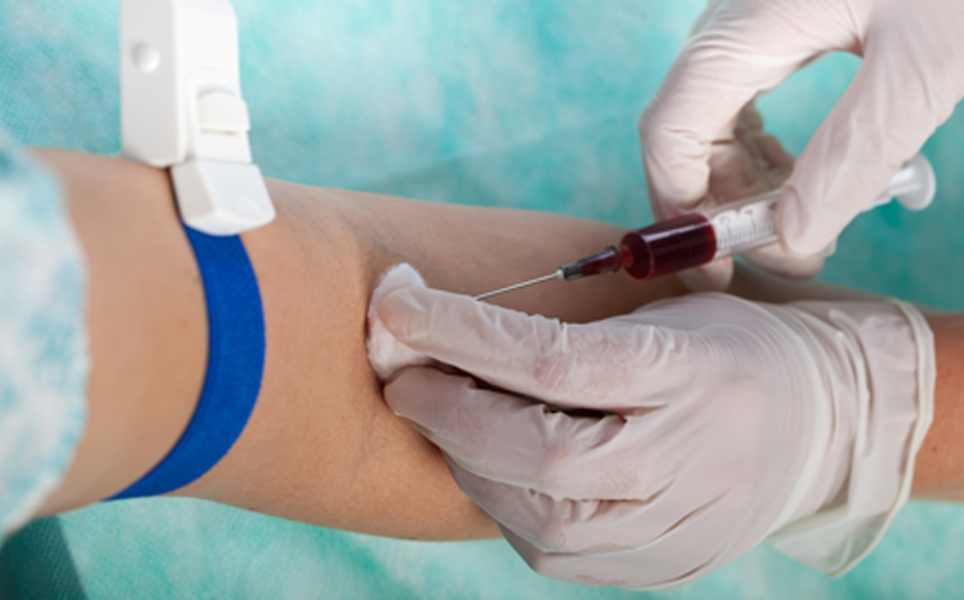
New development for Alzheimer's disease
9. Study suggests 3D face photos could be a sleep apnea screening tool
A study led by the University of Western Australia suggests that facial features analysed from 3D photographs could predict the likelihood of a person having obstructive sleep apnea.
The study involved 300 individuals with varying levels of sleep apnea and 100 people without sleep apnea. During overnight sleep studies, 3D photos were taken with a craniofocal scanner system. Geodesic measurements, the shortest distance between two points on a curved surface, were found to predict which patients had sleep apnea with 89 percent accuracy. The researchers identified neck width and degree of retrusion of the lower jaw (retrognathia) as the facial features most commonly associated with sleep apnea.
The researchers believe that 3D photography, possibly combined with data from wearable health trackers, could be used as a screening tool in the future.
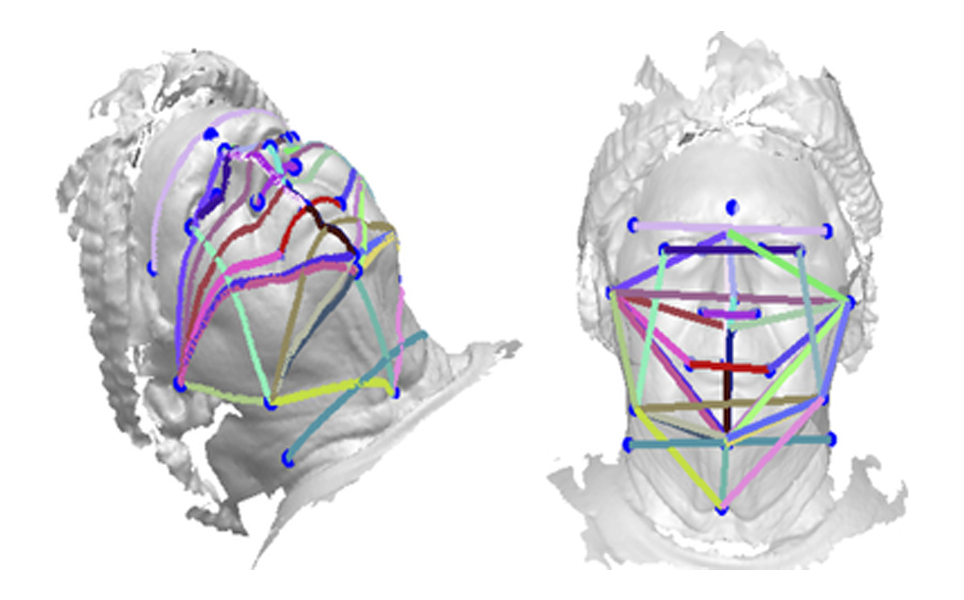
Screening tool for sleep apnea
10. Brain insulin sensitivity determines body weight and fat distribution
A long-term study by the German Center for Diabetes Research, Helmholtz Zentrum München and Tübingen University Hospital has found that fat distribution in the body is determined by how sensitive the brain is to insulin.
The team found that if a person’s brain responds sensitively to insulin, they benefit substantially more from a lifestyle intervention with a diet rich in fibre and exercise than people with insulin resistance in the brain. In the study, those with a high sensitivity to insulin were able to lose a significant amount of weight, reduce levels of unhealthy visceral fat and maintain the weight loss long-term. Whereas, those with a low sensitivity to insulin only lost some weight at the beginning of an intervention, then regained weight afterwards.
The results from this study may lead to the development of therapies to combat insulin resistance in the brain, leading to beneficial changes in body fat distribution.
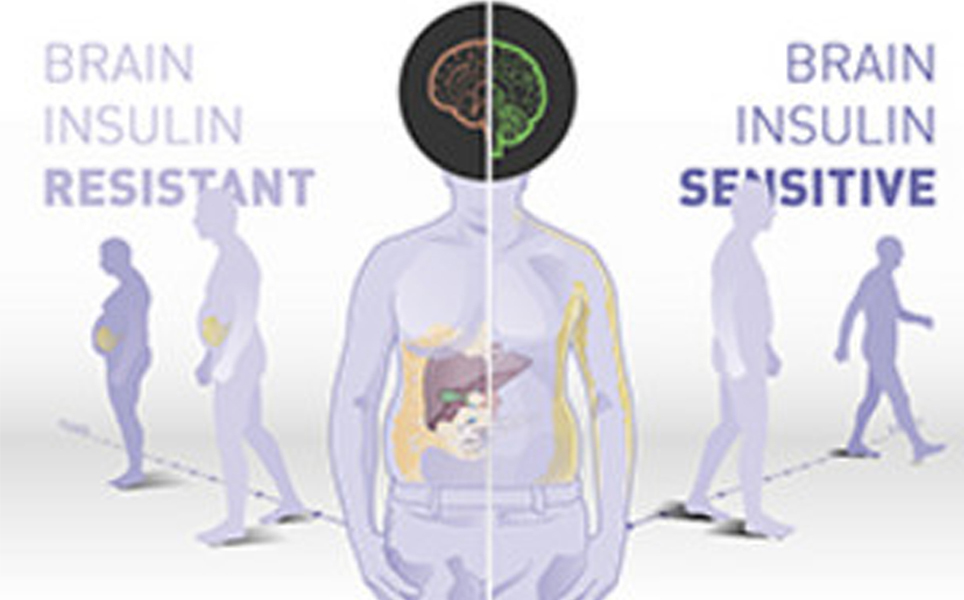
More here
Banner image credit: Dr Sepiedeh Keshavarzi and Dr Chryssanthi Tsitoura, Sainsbury Wellcome Centre
Take a look at our previous top neuroscience stories:
Sign up to receive our latest news
Find out about Scientifica's latest product releases, company news, and developments through a range of news articles, customer interviews and product demonstration videos.

)